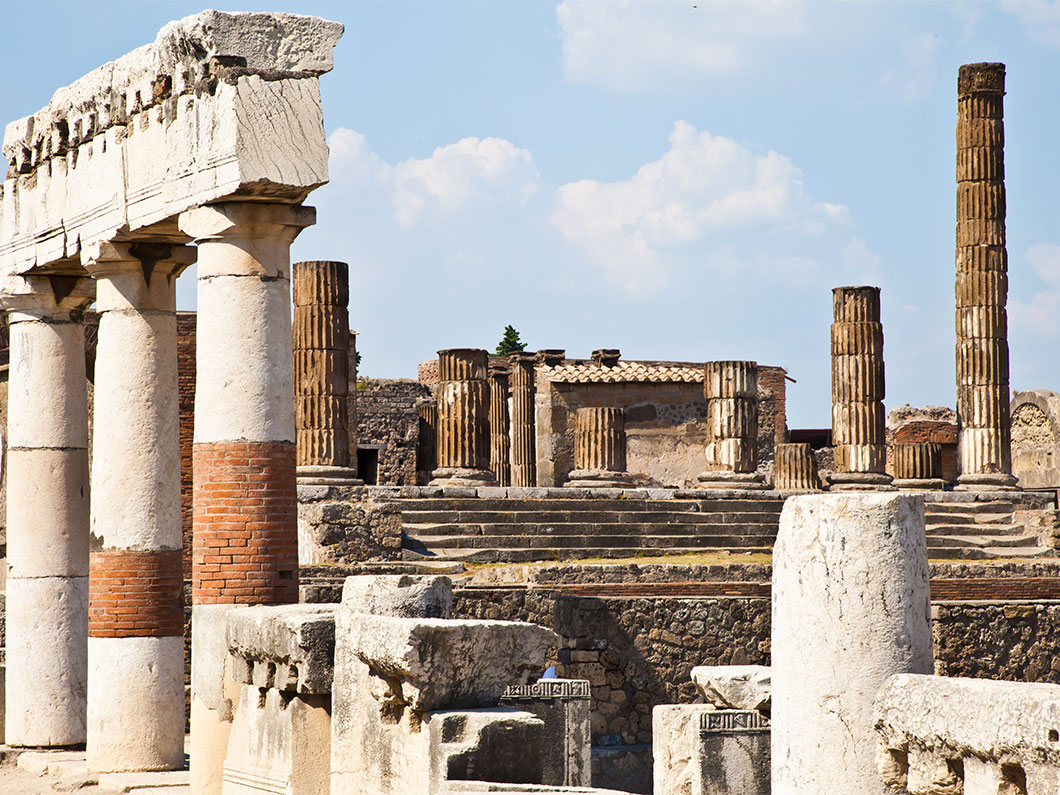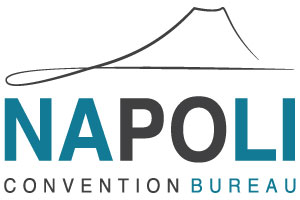POMPEII AND THE VESUVIAN AREA
Vesuvius and Campania go hand in hand. ‘’A Muntagna’ is the name given by Neapolitans to the world’s most famous volcano and symbol of their city, whose perfect shape completes the Gulf of Naples On 24 August in the year 79 AD, Vesuvius awoke from the longest of slumbers, catching the local population completely by surprise. The eruption was apocalyptic: all life at the foot of the volcano was wiped out, and even the memory of the lost cities soon faded. 1,700 years later, the Vesuvian towns returned to the spotlight, providing the world with its two most important archaeological sites, Herculaneum and Pompeii. The creation of the Vesuvius National Park was agreed in 1991, and declared a World Biosphere Reserve by UNESCO. The park includes the entire area of the volcano, the great archaeological system of Pompeii, Herculaneum and Oplontis, and the Miglio d’Oro (Golden Mile), which features the most wonderful examples of 18th- and 19th-century villas.


